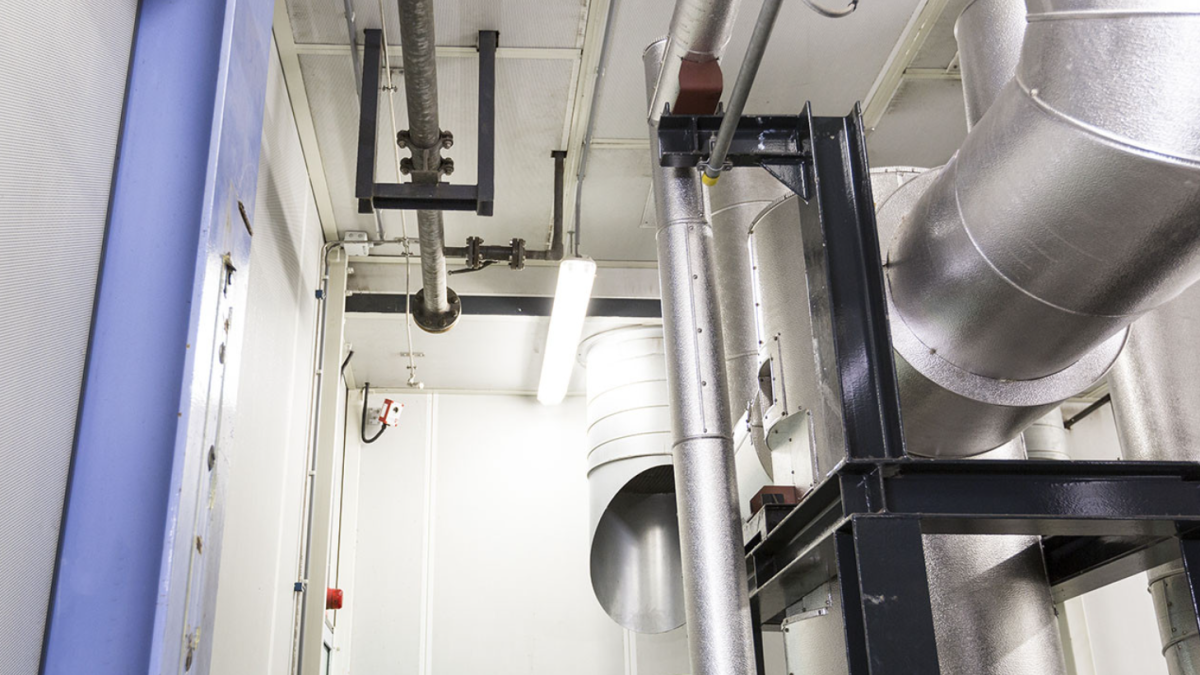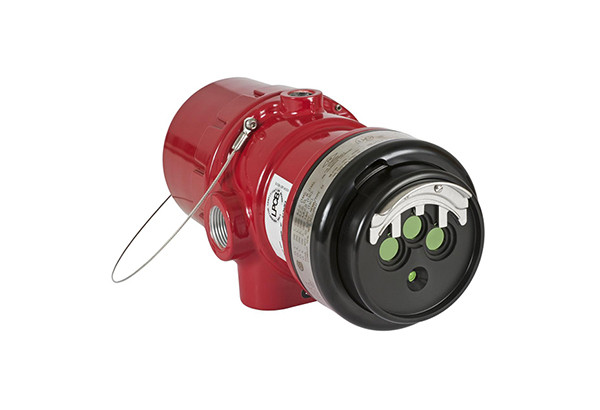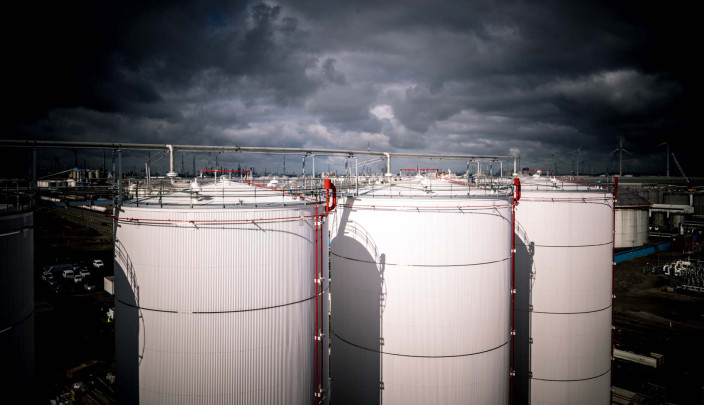A flame detection system or flame detector consists of a control system that detects moving light. If traces of infrared (IR) or ultraviolet radiation (UV) are detected in this light, the alarm is triggered. Due to its operation, a flame detection system is extremely suitable for rooms where steam, smoke or mist is present. A traditional fire detection system is less reliable in these areas.
How many flame detection systems you need depends on the surface to be protected. They are used for entire rooms as well as for object surveillance. It is very important to choose the type of flame detector that suits the substances present and their specific radiation pattern.
HOW DOES A FLAME DETECTION SYSTEM WORK?
The sensors of a flame detection system respond to substances with a characteristic radiation pattern. Burning hydrogen, magnesium, sulfur and ammonia have high UV radiation but no IR radiation. Burning hydrocarbons such as wood, plastic, alcohol and oil, as well as products from these substances such as natural gas, propane and butane, produce both UV and IR radiation. Somati's flame detection system detects this in time so that fire damage is limited afterwards.



